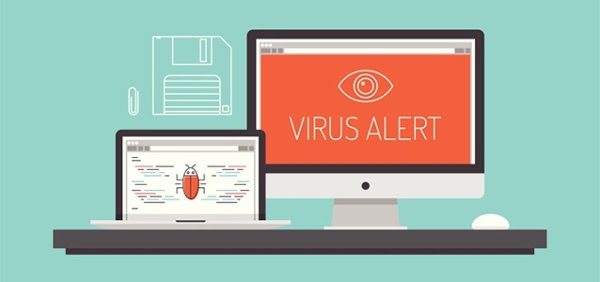
Malware Alert!!!
“Attention! We’ve detected malicious activity on your computer. Download antivirus now.”
Spyware, Keyloggers, Scareware (described in example above), Ransomware and more. It seems like malware, or malicious software, lurks around every corner of the Internet, be it in a threatening email attachment or false online advertisement. There are now newer, subtler ways for you and your clients to have their personal data stolen, and few will be able to detect the warning signs of the various types of malware attacks before the damage is done and the data is lost. It is time to teach yourself and your clients how to prevent malware from causing unnecessary problems on your computers and servers.
As your customers’ MSP and trusted IT advisor, malware protection must be high on the priority list. In order to reduce the amount of infected client machines and mitigate the impact of attacks, however, continuous vigilance must be exercised by all. To prevent your business from cyber attacks, end users will have to learn secure browsing habits and Managed IT providers will have to install the highest grade anti-virus and anti-malware software, all while reading up on the latest malware news for security patches and critical malware updates. We explain further in this go-to guide for protection against the viruses, worms, Trojans, etc. that fall under the malware umbrella.
Part 1: How Clients Can Reduce the Risk of Malware Infection
As you know, malicious programs are engineered to compromise systems, steal and exploit personally identifiable information (PII) like financial data and credit card numbers, as well as hold this information captive to extort payment or intel from victims. The costs of downtime and data loss combined with the shattered reputation that results from a malware breach are far too great for small-to-medium-sized businesses to take their online safety for granted. Because of this, you must urge your employees and clients to be cautious in all their web-based dealings, and stress that they adhere to the following security measures, which we’ve compiled from sources, such as McAfee, Kaspersky Lab and PCWorld:
1. Be suspicious when prompted to download or install software
Even if you think you can trust the program because it’s well-established or appears legitimate, that is not always the case. Attackers have become cleverer and know how to cloak their schemes in well-crafted, credible language. The takeaway here is that clients must verify that the software is valid before taking action. Encourage them to open up another browser tab and research the program. Make sure they understand not to click into the original prompt for more information. If the intent is malicious, with any luck, your user will see search results of posts by others warning users not to download the software. To be safe, you may choose to have them run the mystery application by you first. You should be the main purveyor of their cyber health.
What about for cases where the software itself is legitimate, but the version offered isn’t? Unfortunately, attackers have been successful at impersonating common, harmless applications or services, such as Microsoft support. Train your clients to be wary of any – website pop-up ad, email, social media message, etc. – attempt to have them download something. If they’d like to download well-known software like Microsoft, instruct them to visit that company’s website to do it – insist that they don’t click any email links or ads, as these could be phishing schemes and malvertisements in disguise. Furthermore, teach them to look for websites with secure sockets layer (SSL) security. As we describe in
Internet users are 28 times more likely to be infected by malware if they use content theft sites. Piracy websites aren’t the only ones with low security, but it just goes to show that destinations like these are hotbeds for cybercriminal activity. Look into software that detects the safety of websites before your clients accidentally click on risky search results. Additionally, encourage your customers to never click any link without knowing its destination. Have them hover over the anchor text to see the link URL as an additional security precaution. It’s simple steps like these that can easily bolster up your clients’ protection from malware and reduce headaches down the road.
3. Stress that malware can be installed without user intent to download anything
It’s very easy for people to downplay malware concern and dismiss these tips by saying “Fine, I just won’t download anything then.” But your users aren’t in as much control as they’d like to think they are. Drive-by downloads can infect a user’s machine if he or she merely visits a site with malicious code, but doesn’t take any action. Attackers are savvy enough to recognize that their victims may not be easily fooled and that they may have to target other behavior. Take a pop-up malvertisement – yes, they can still get past browser ad block plugins – that offers a software download. Upon reading the first tip above, your user is aware of this scam and knows not to fall for it. What do you think they do? Click the X to close out of the window. No, they didn’t click the link, but they still engaged with the malvertisement ad and could therefore be compromised. Instead, teach them to close out with:
- Windows Task Manager, if using a PC or
- Activity Monitor, if using a Mac
4. Take caution when sharing files or opening attachments
Whether they intend to open or share files across email, instant messaging applications or popular file-sharing programs, clients must be certain of the source’s legitimacy. Through intelligent social engineering tactics, attackers often impersonate a trusted authority, such as a coworker, to manipulate and compromise a company’s system. For extra guidance in detecting fraudulent files, McAfee warns not to download files with the extensions .exe, .scr, .lnk, .bat, .vbs, .dll, .bin, and .cmd.